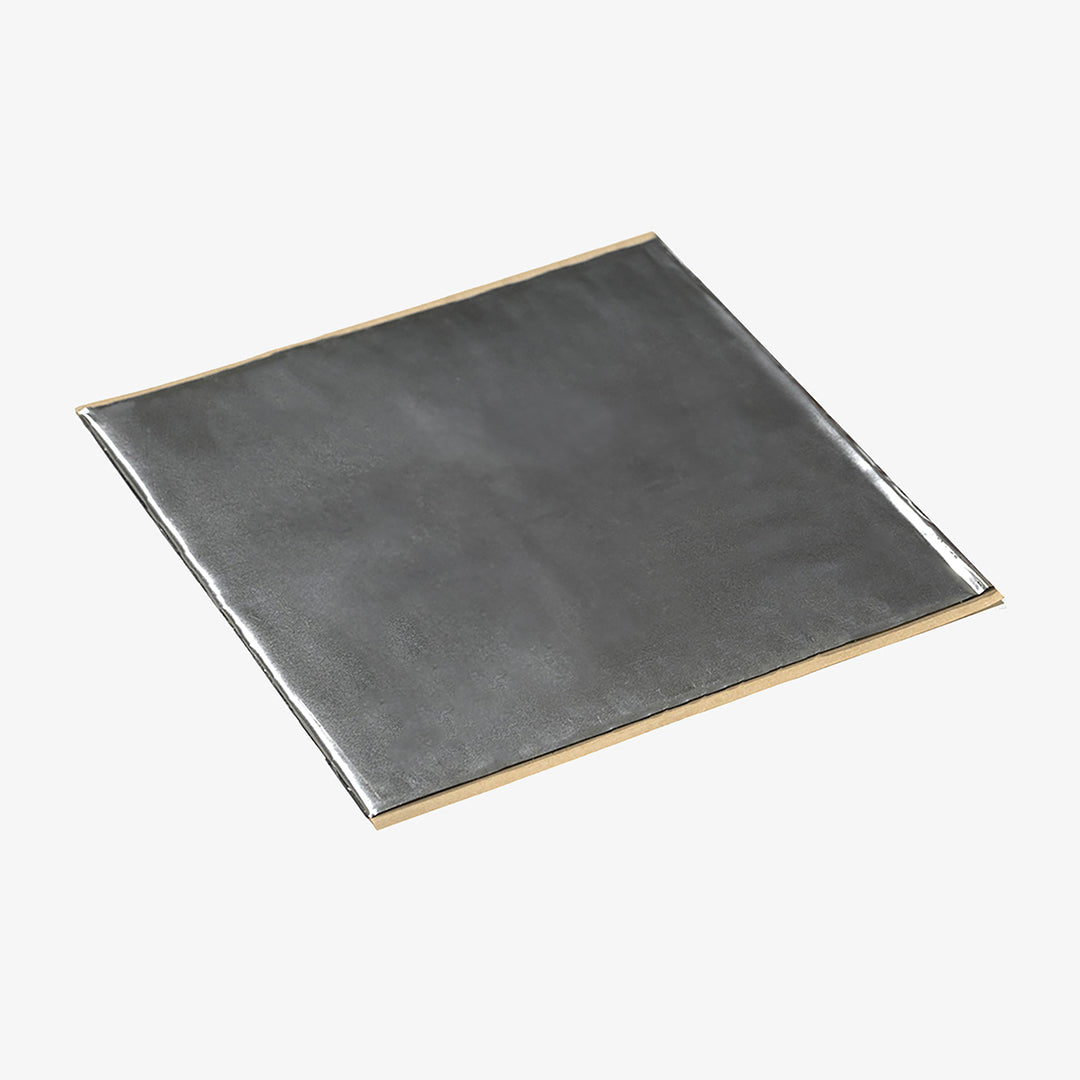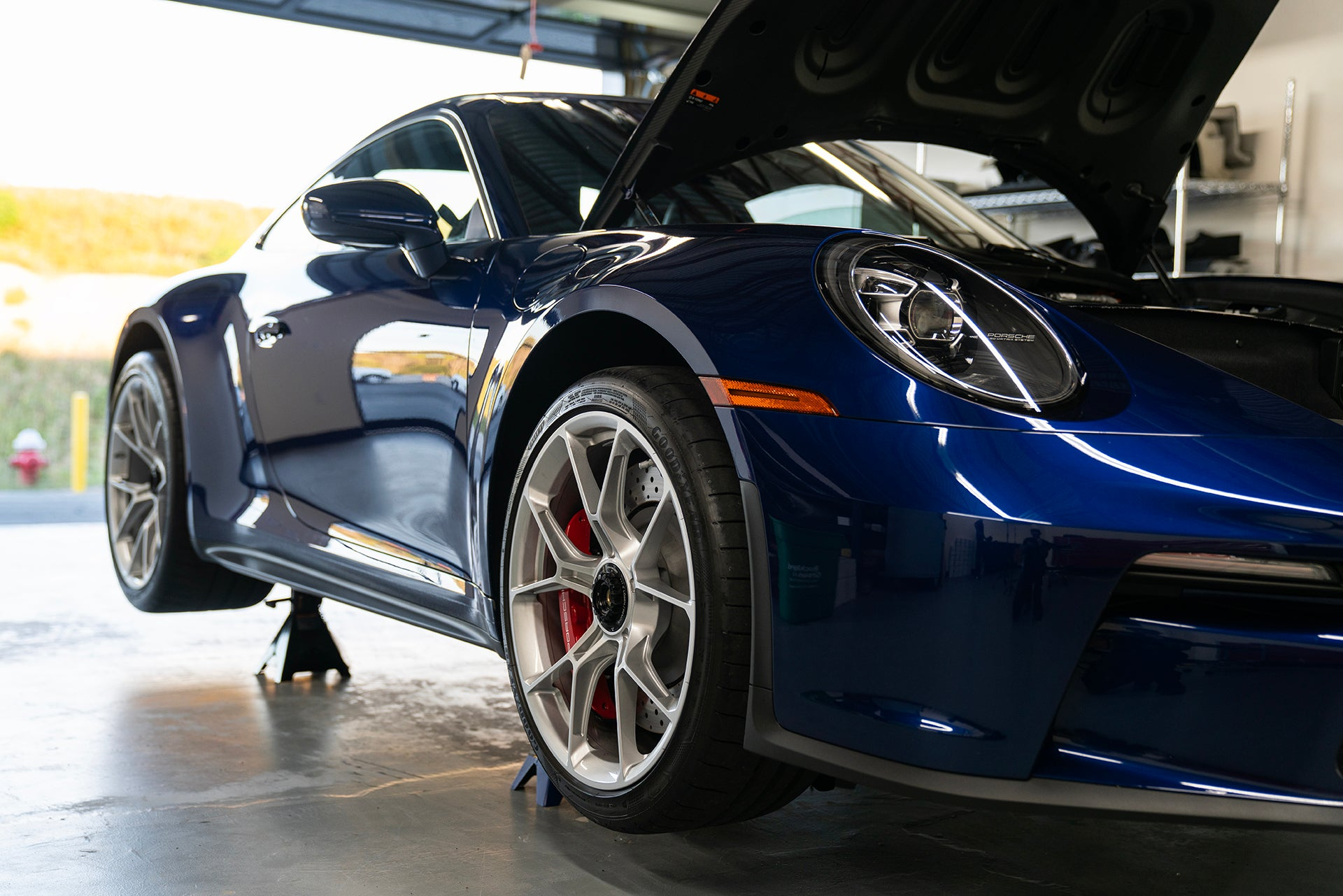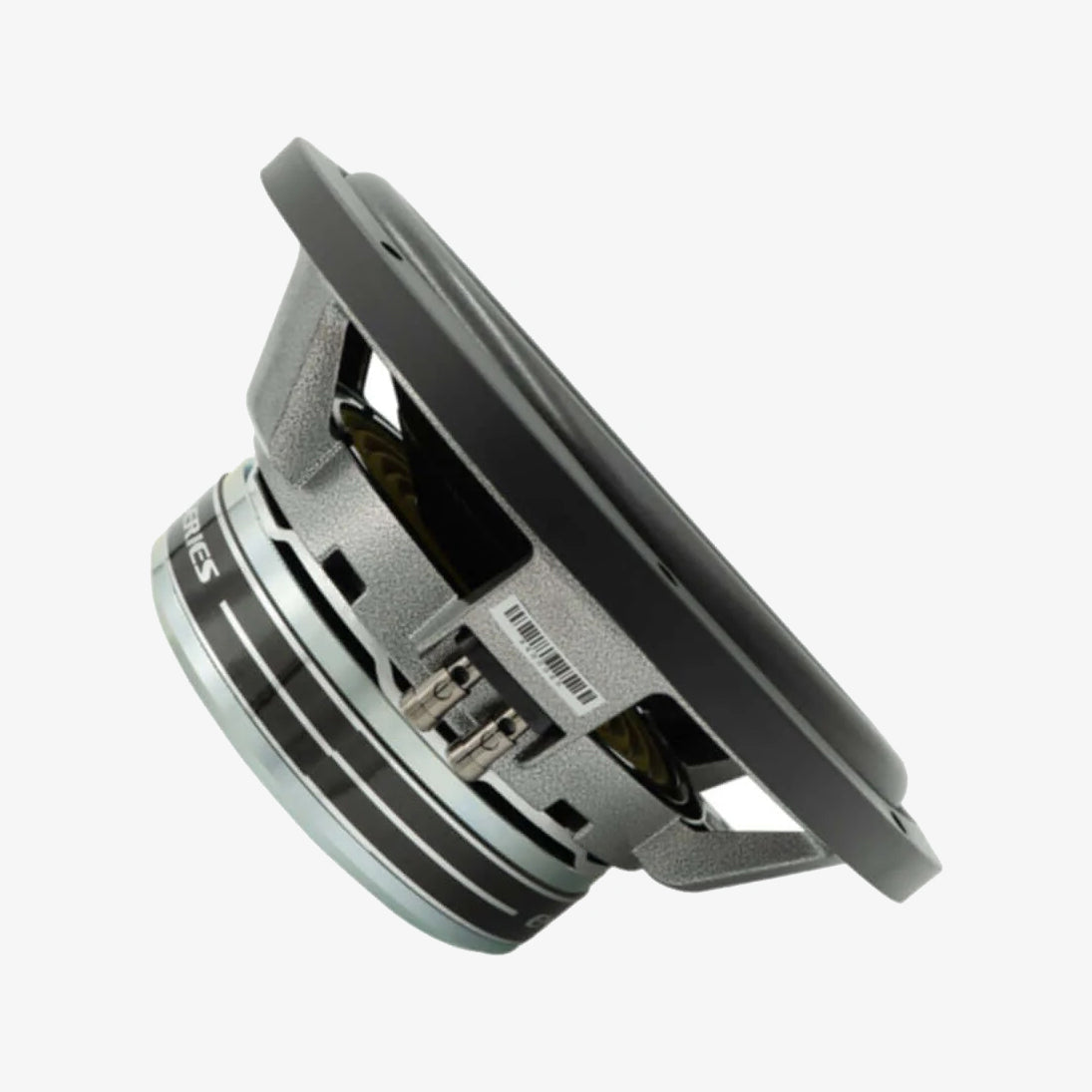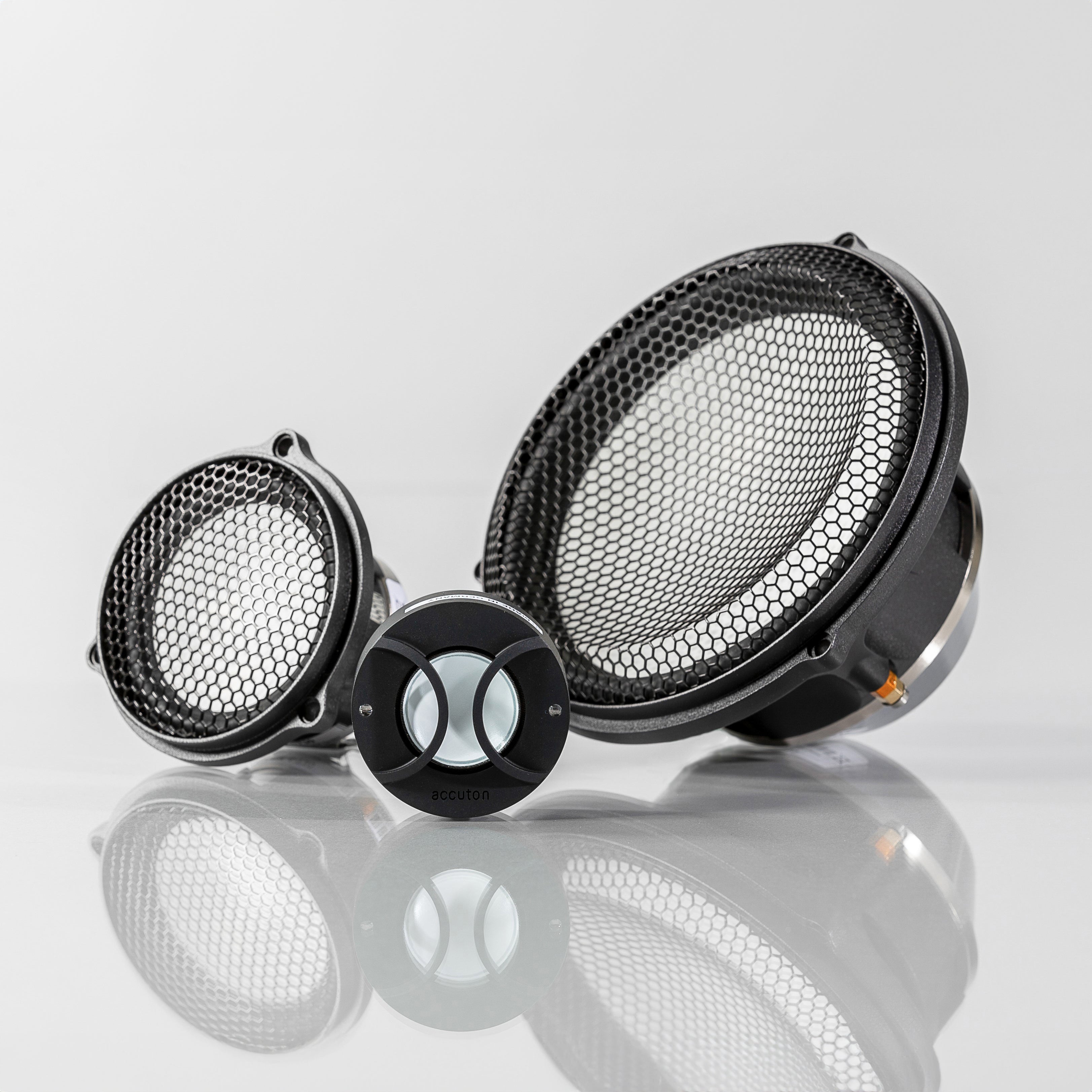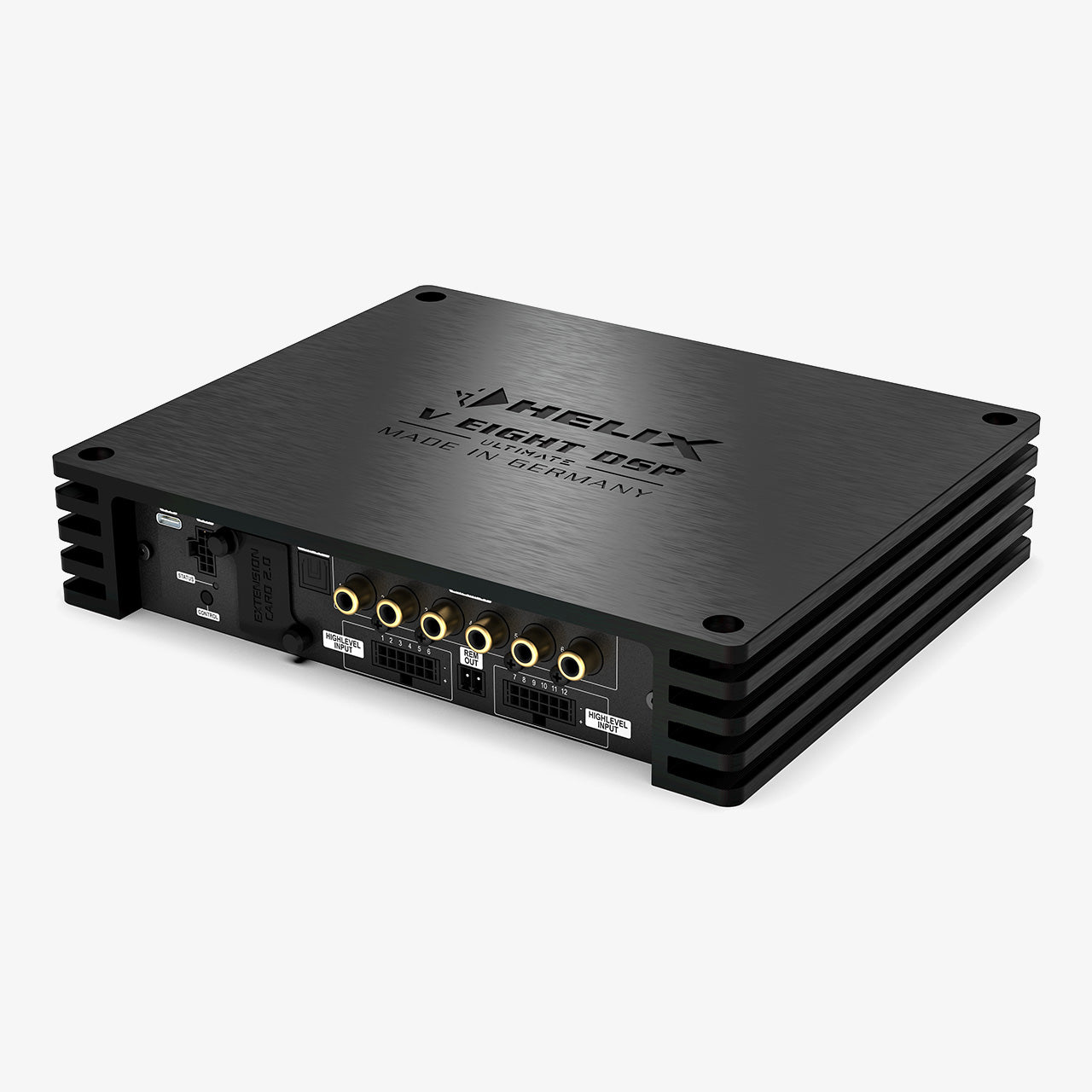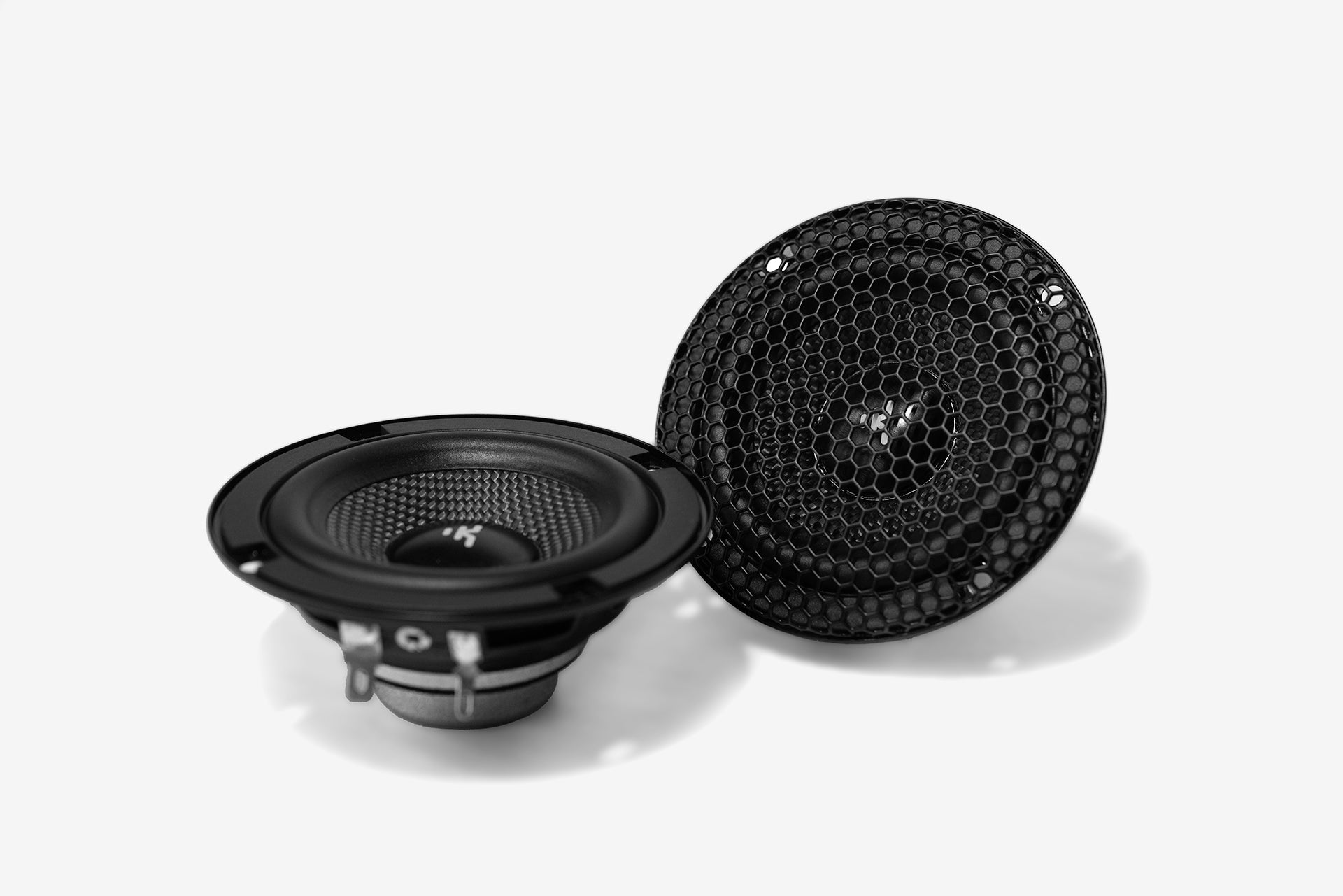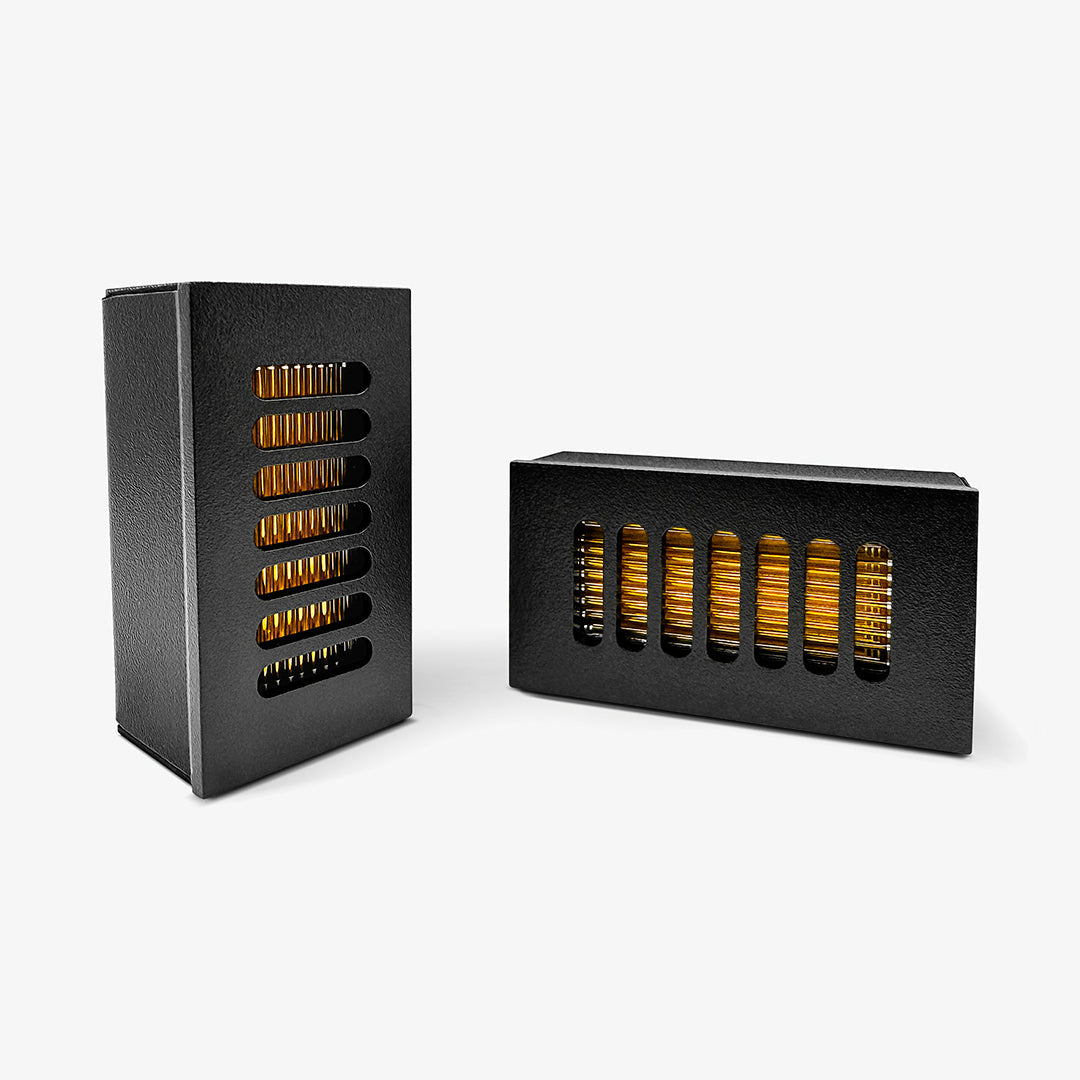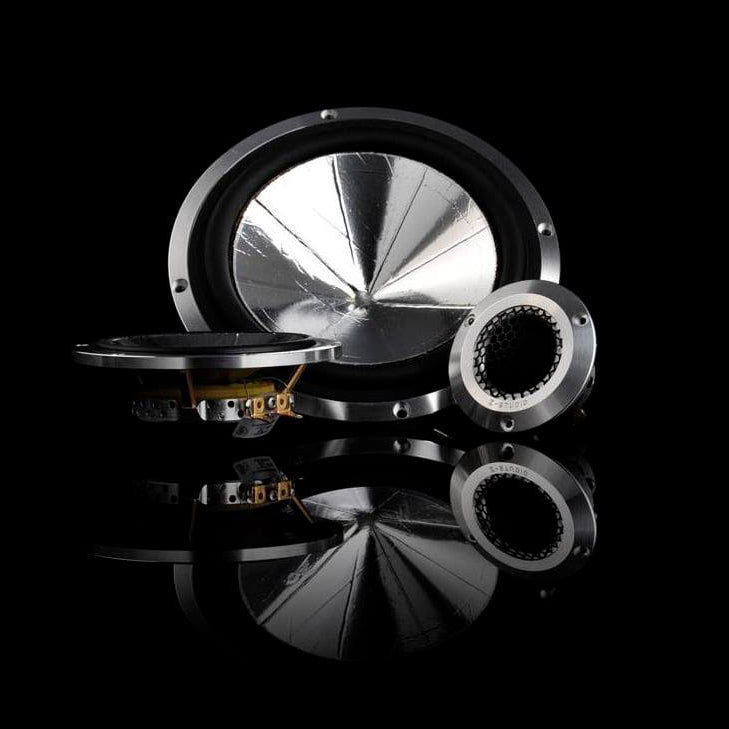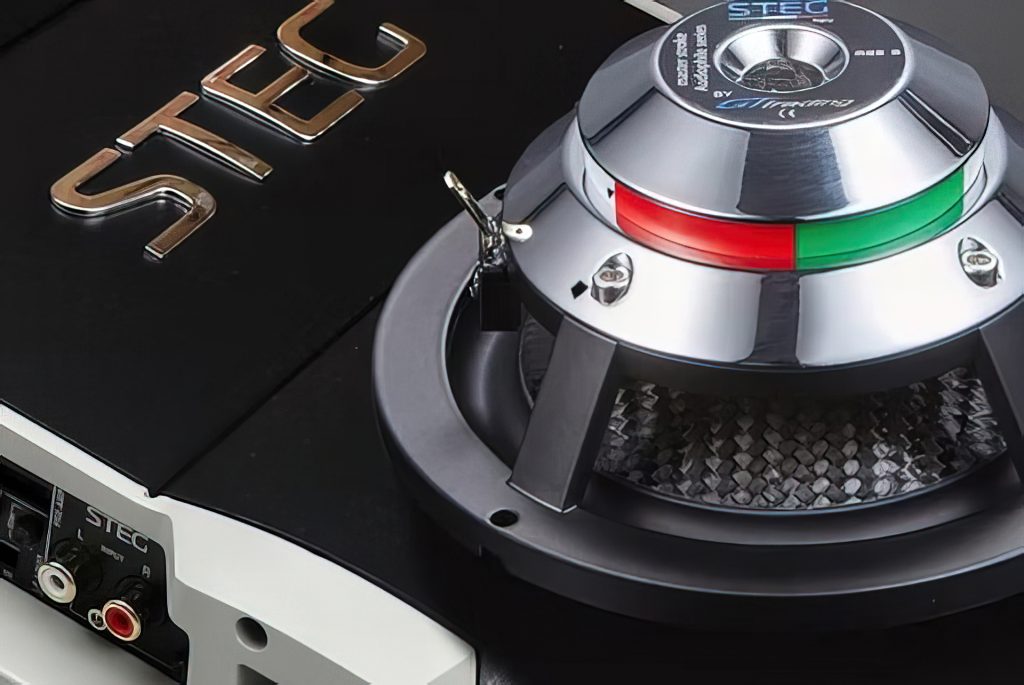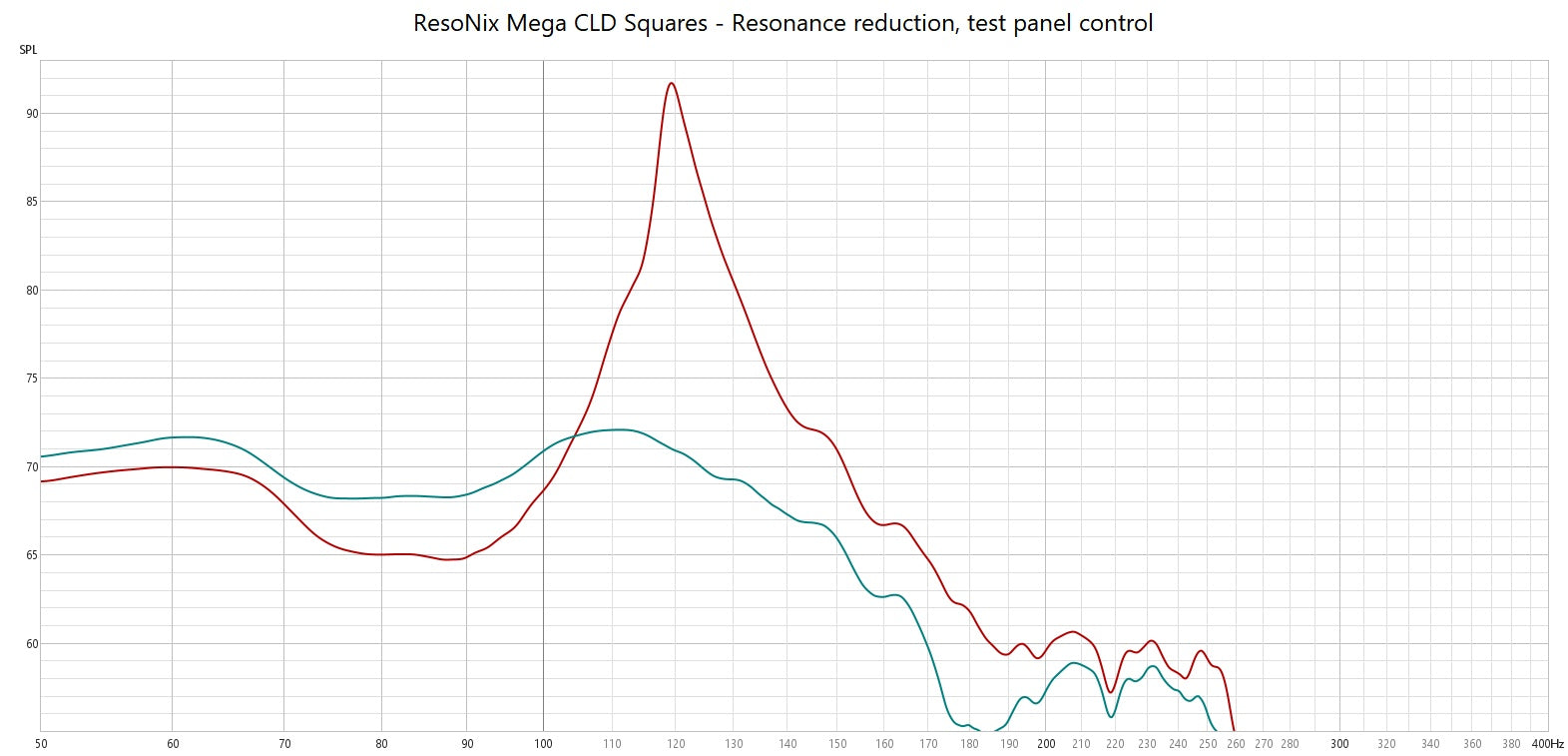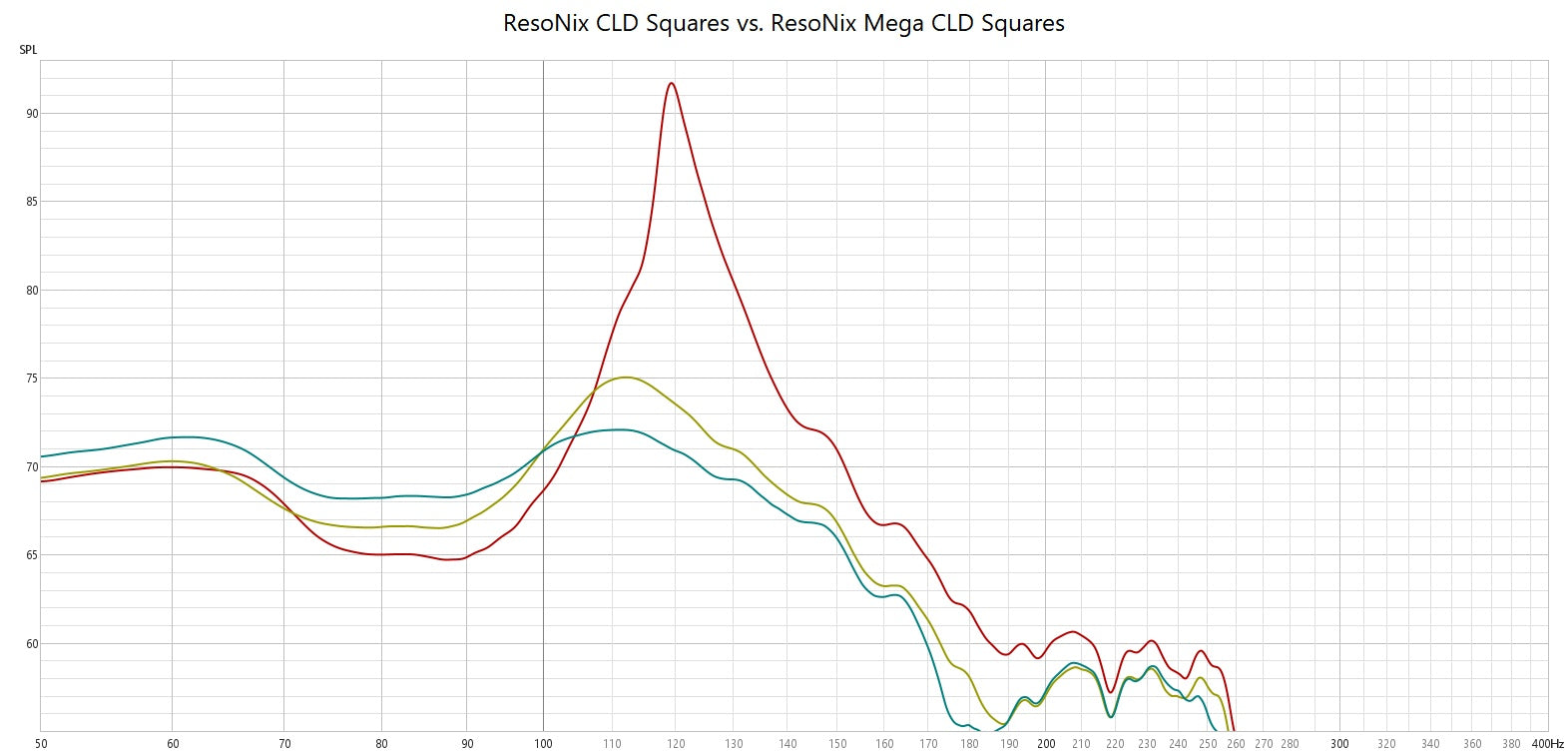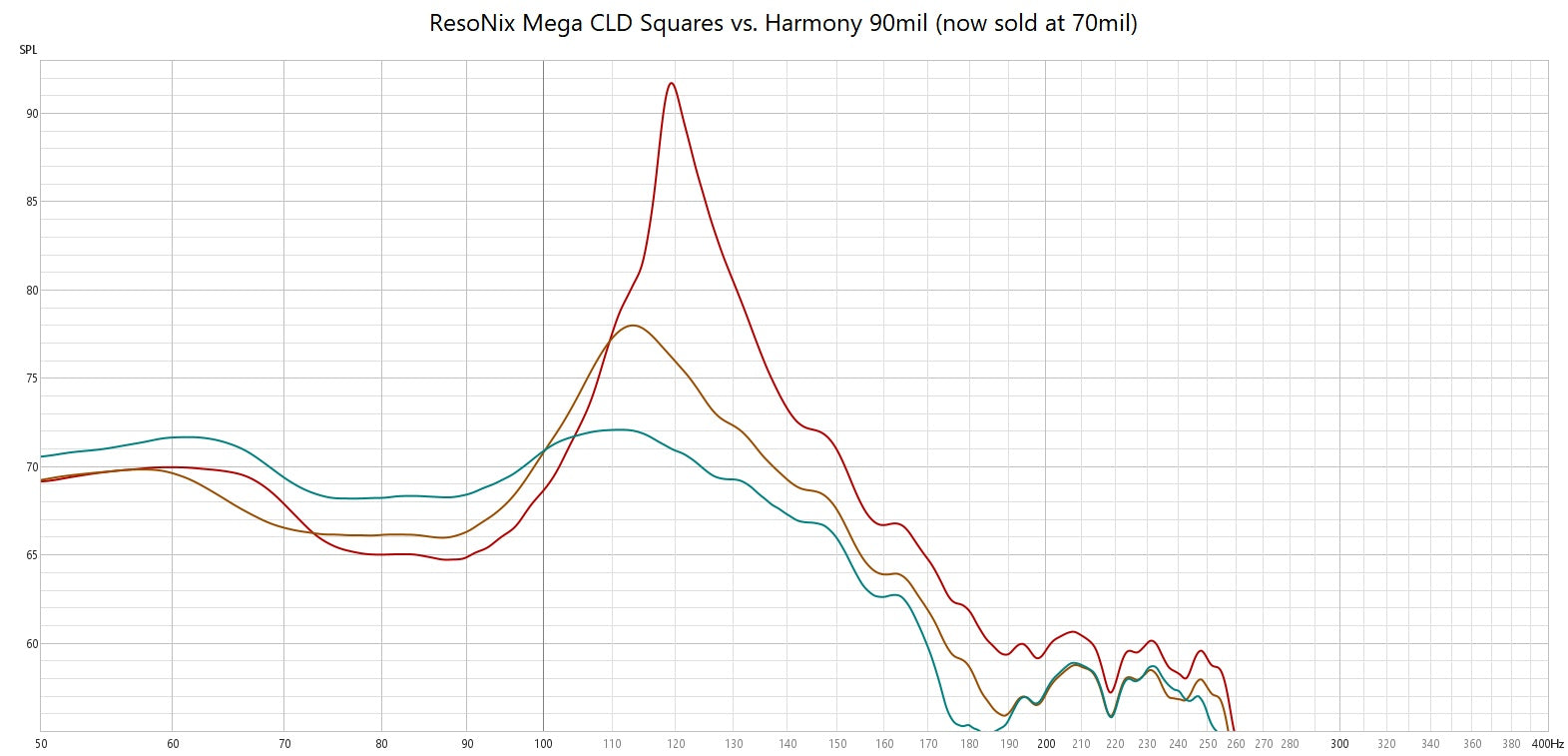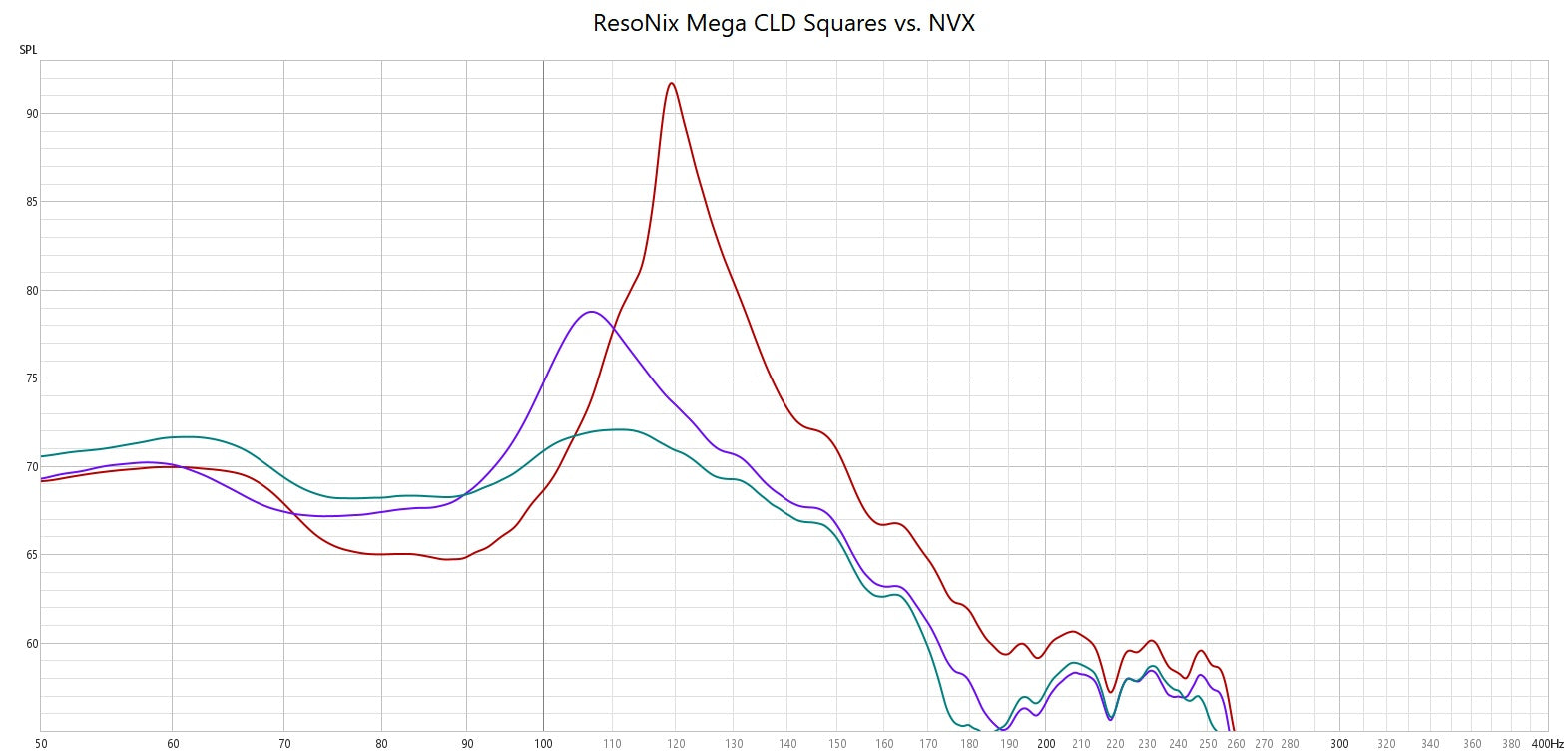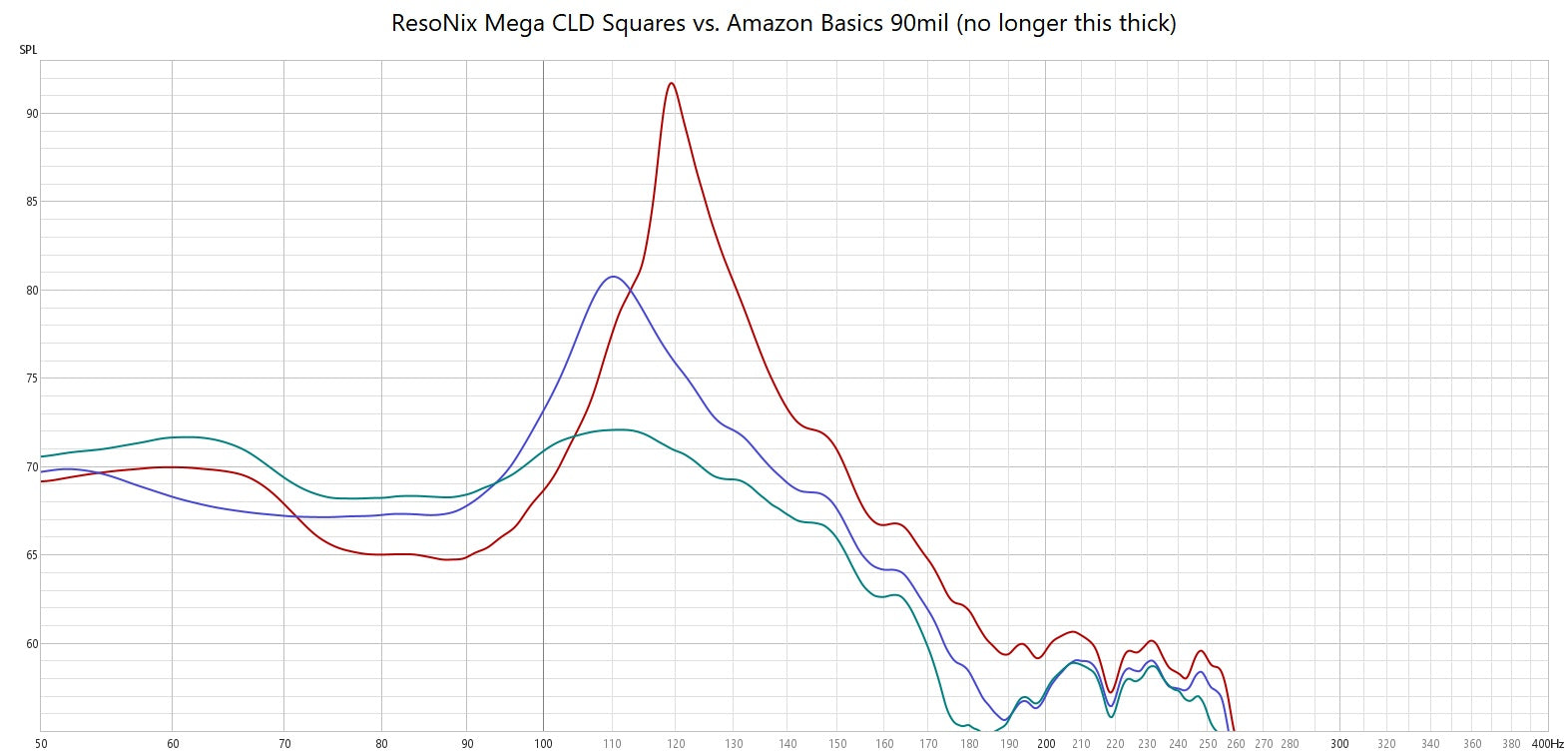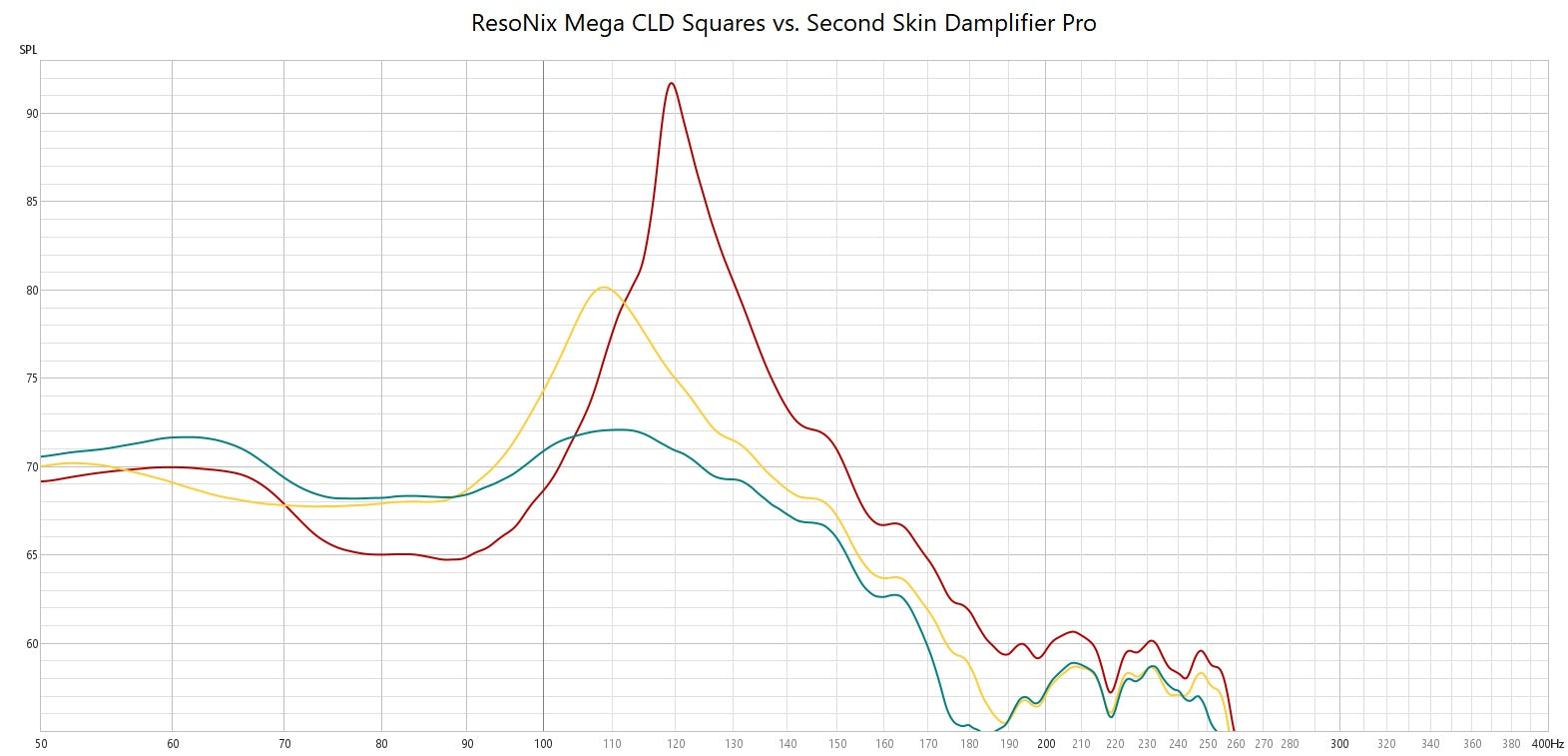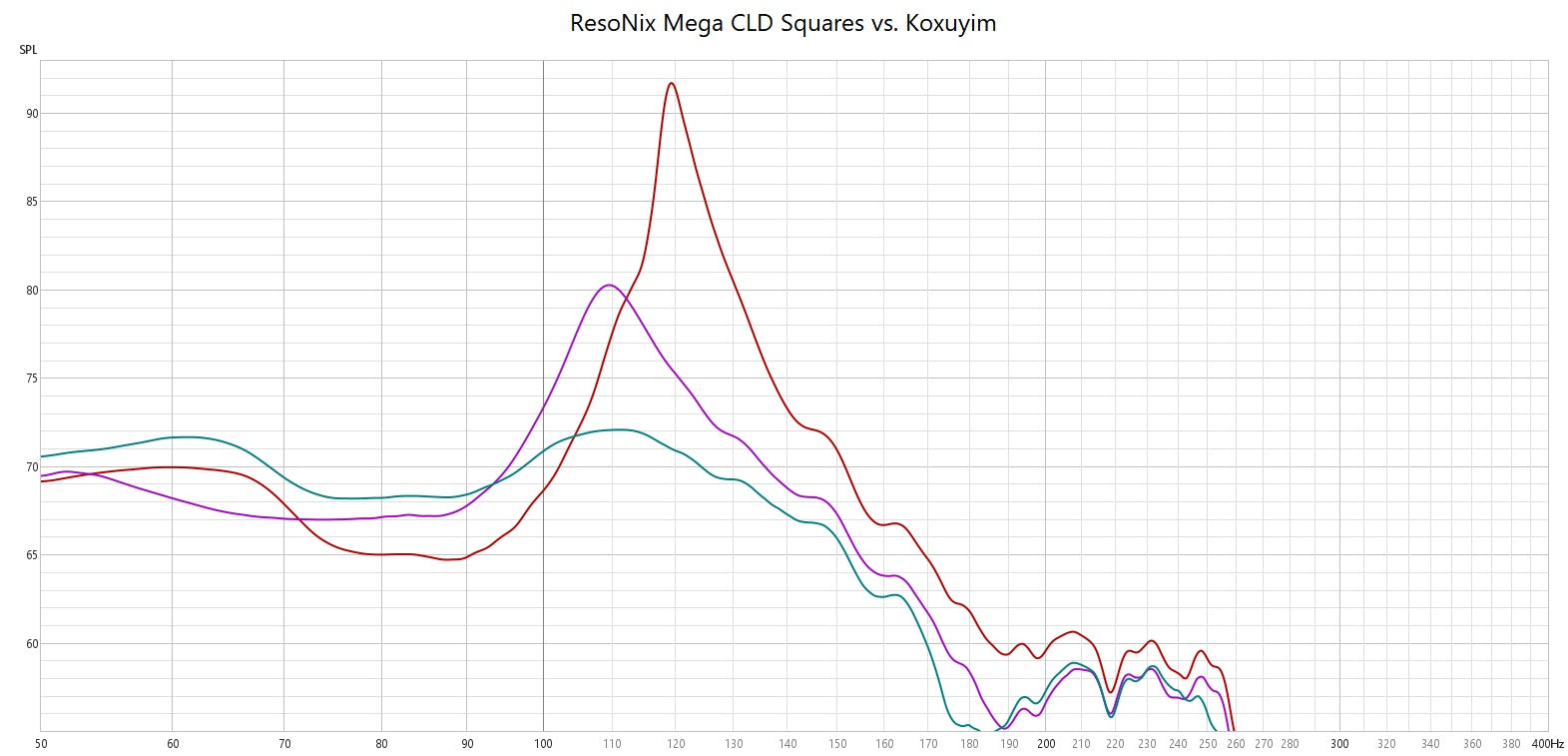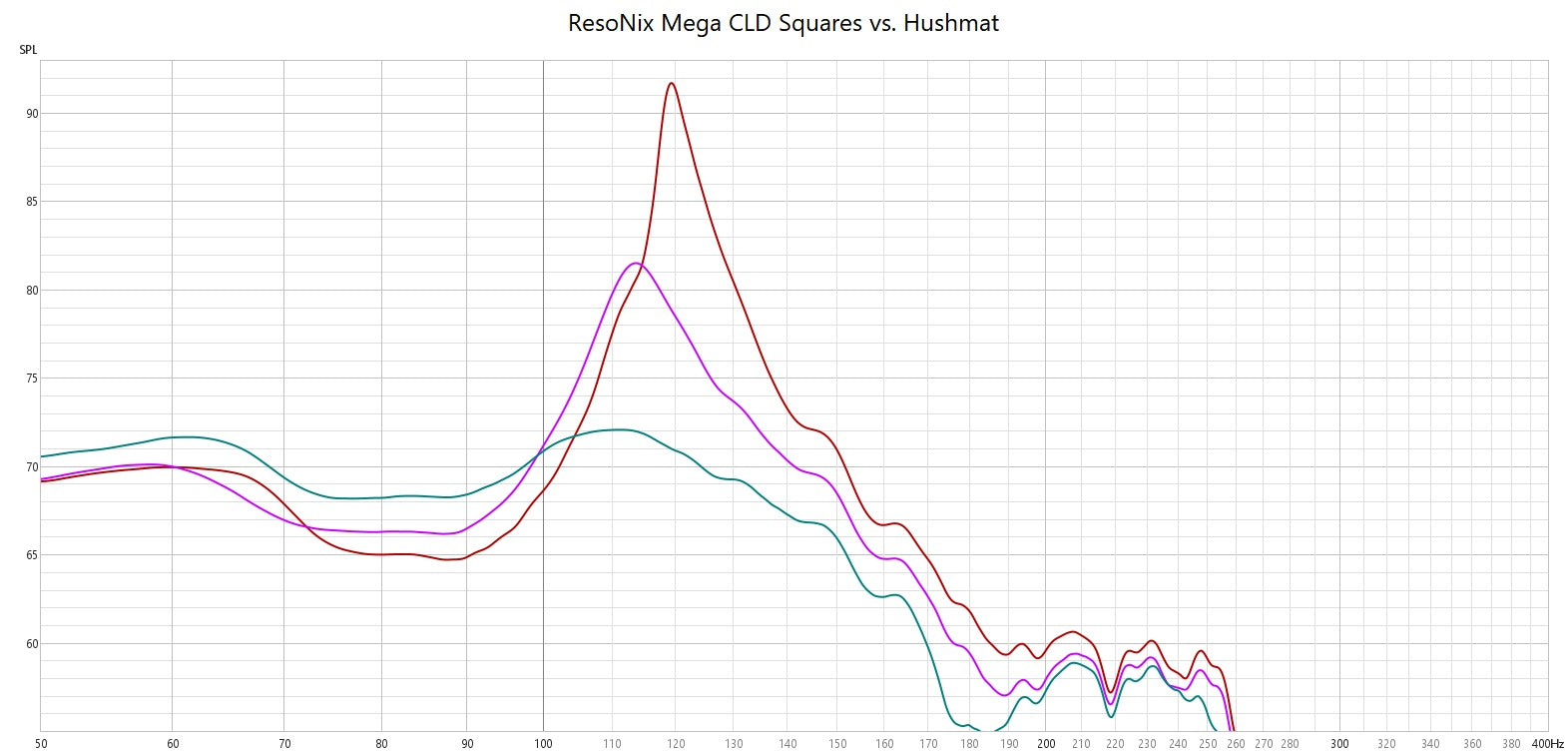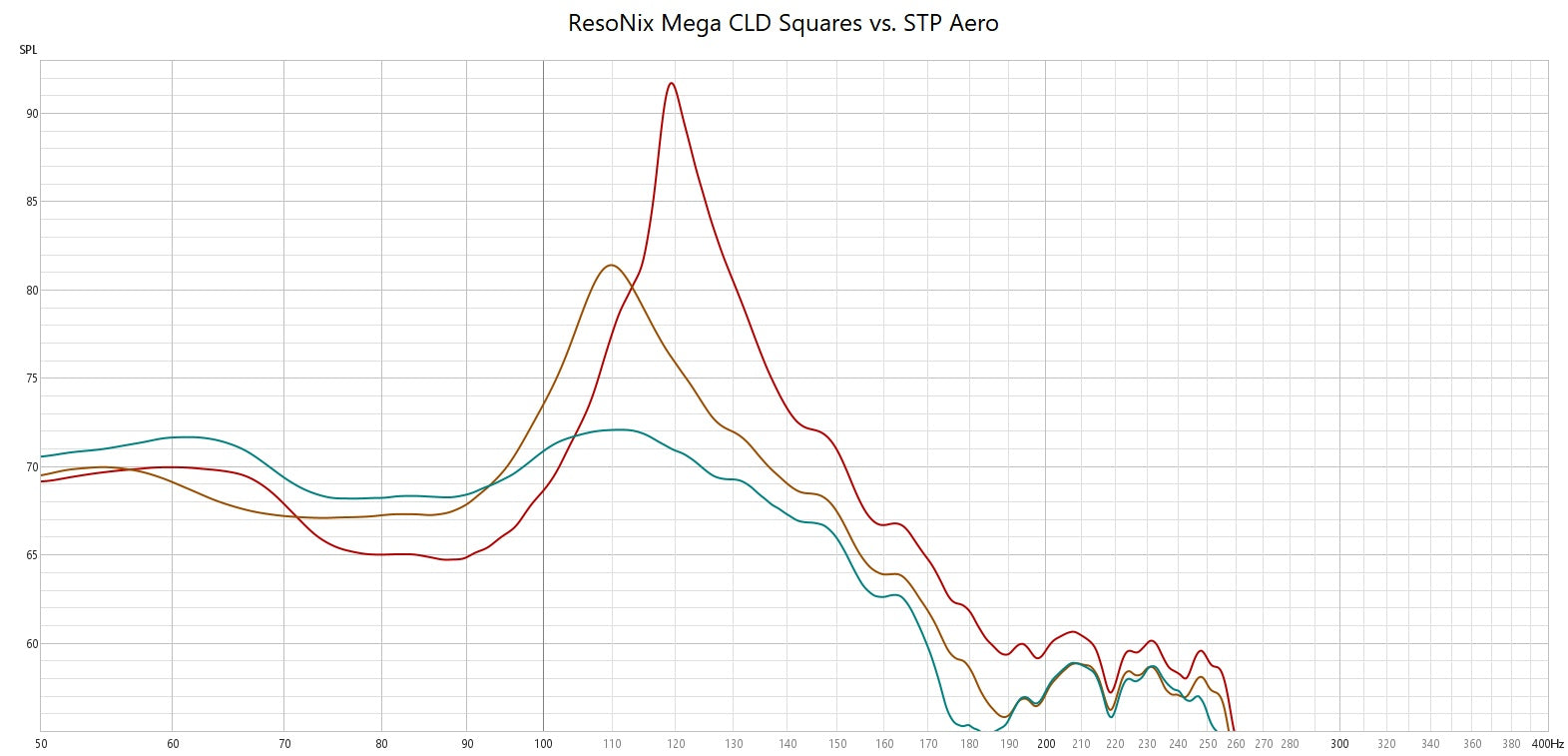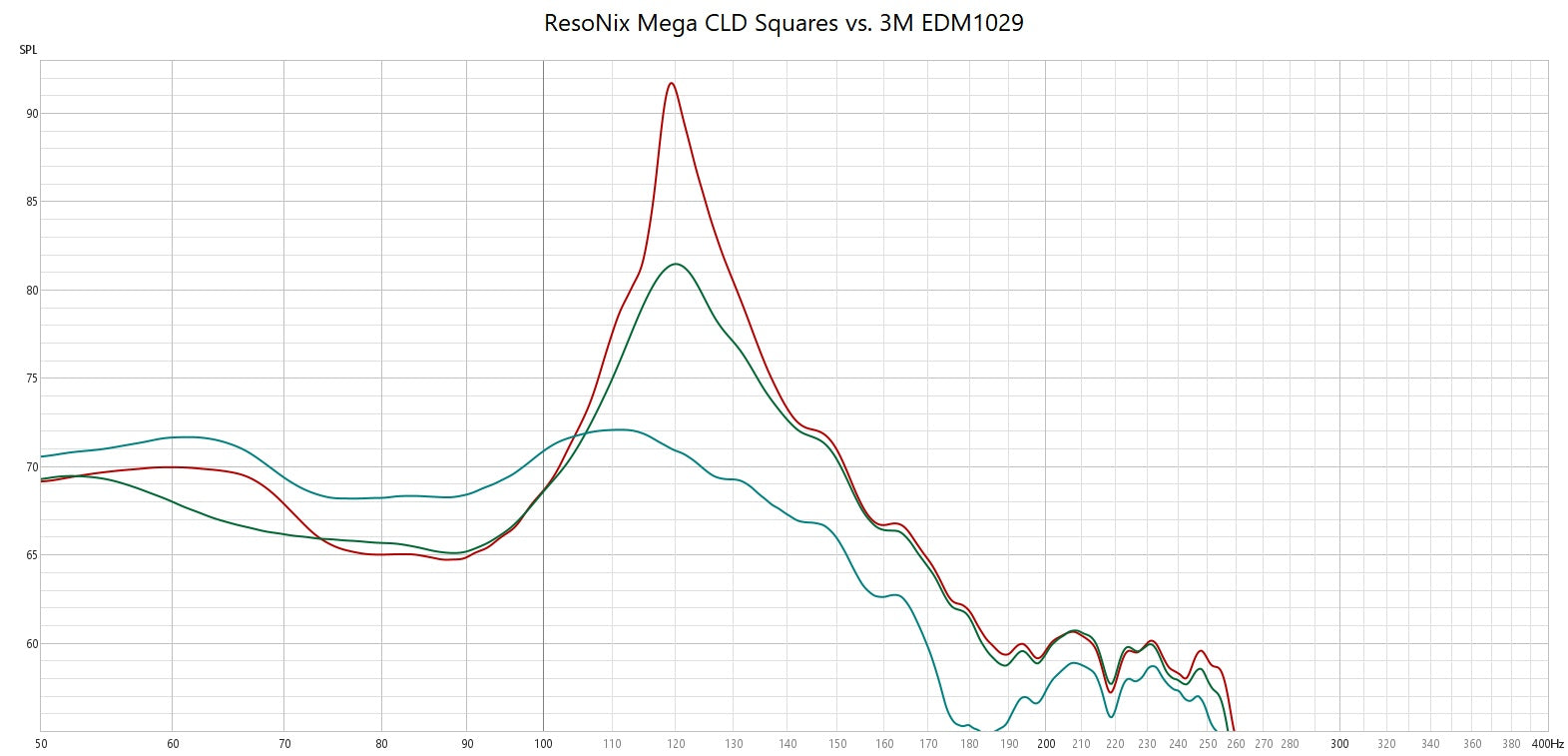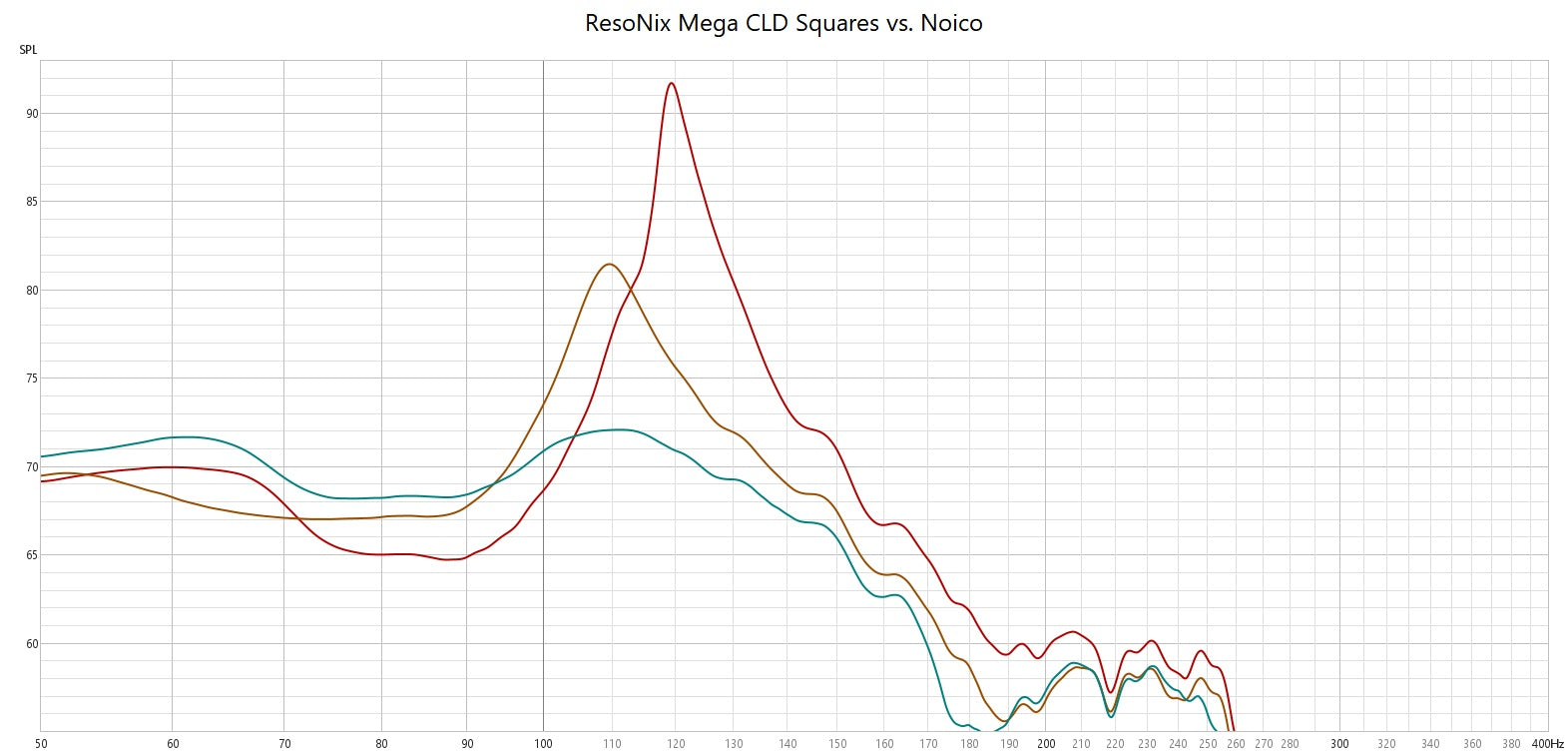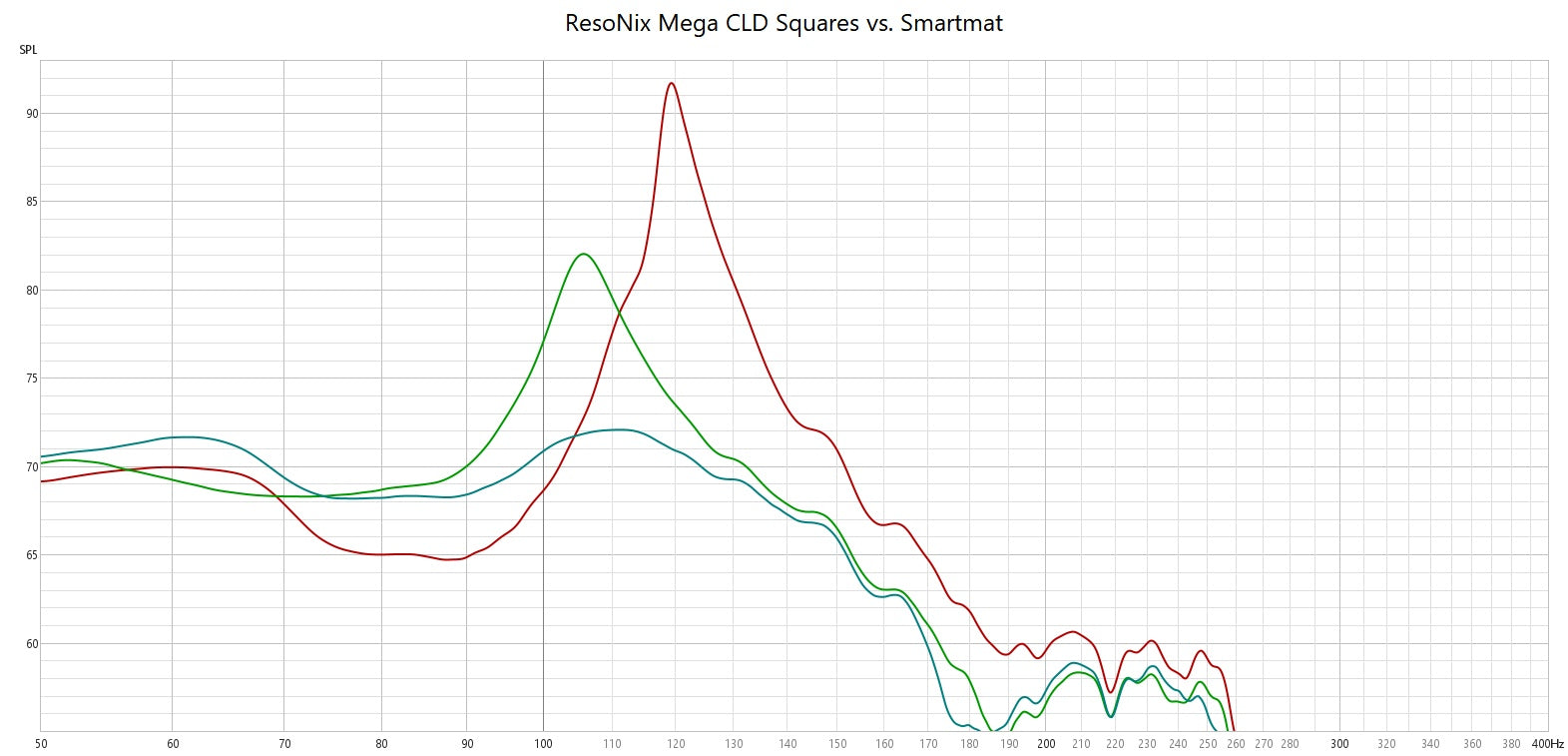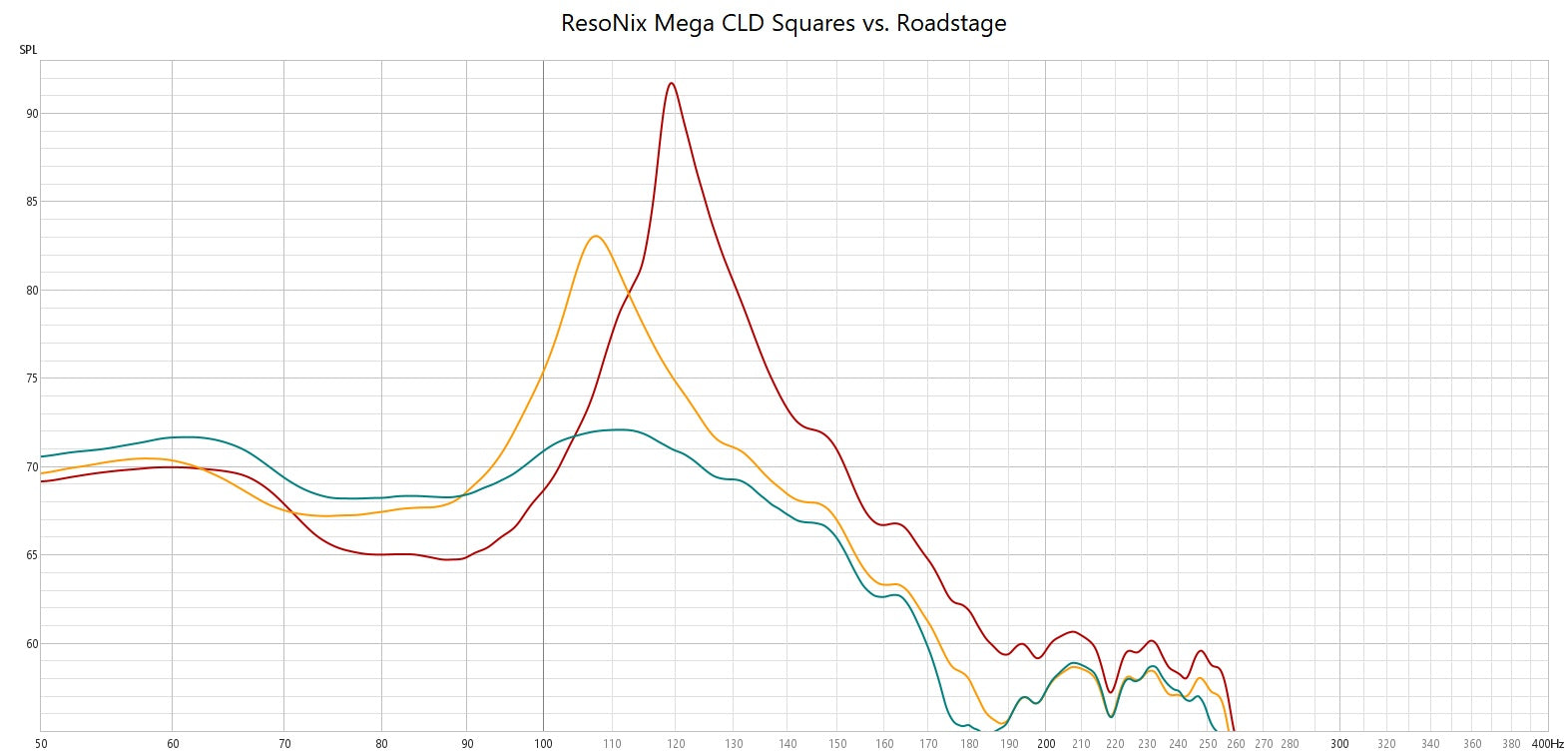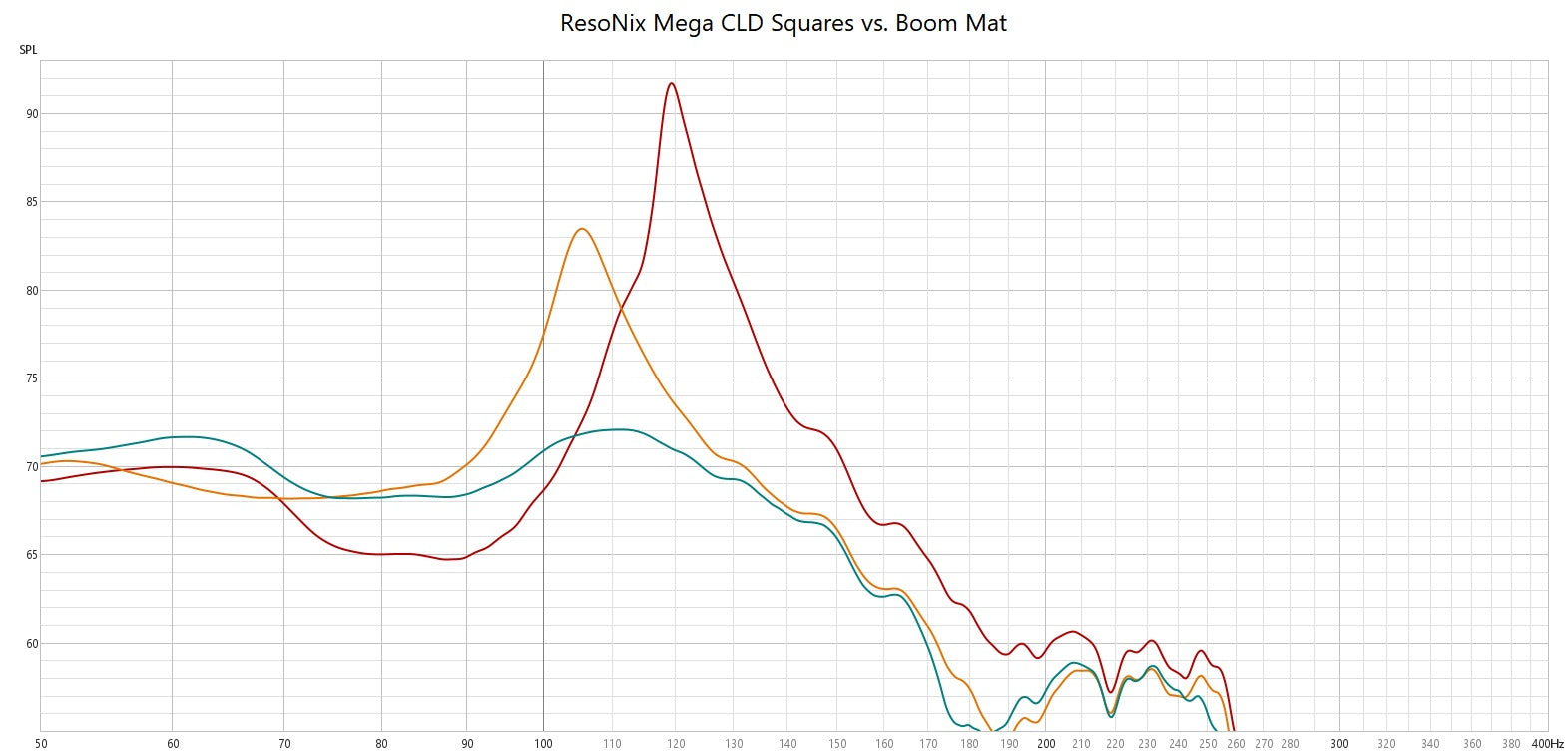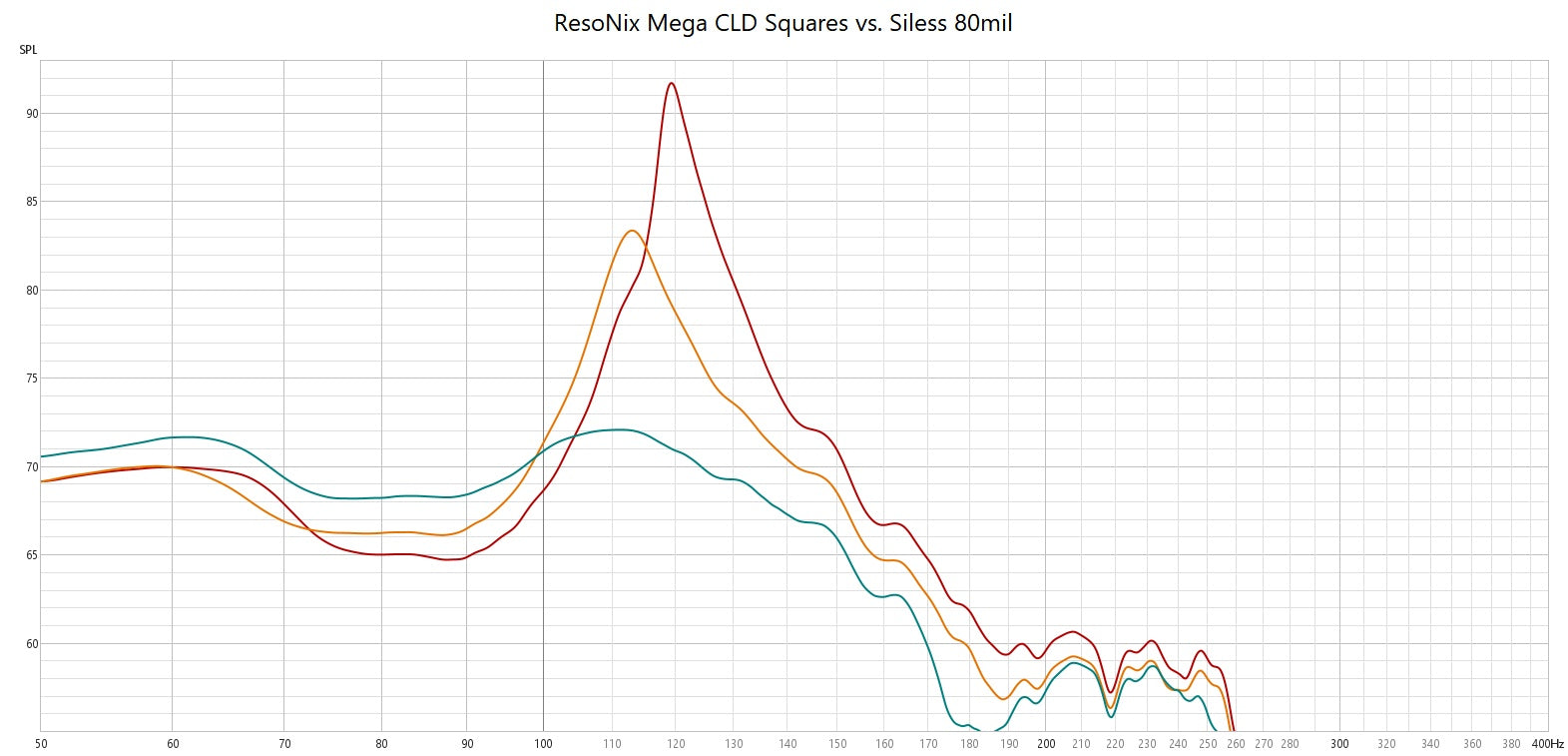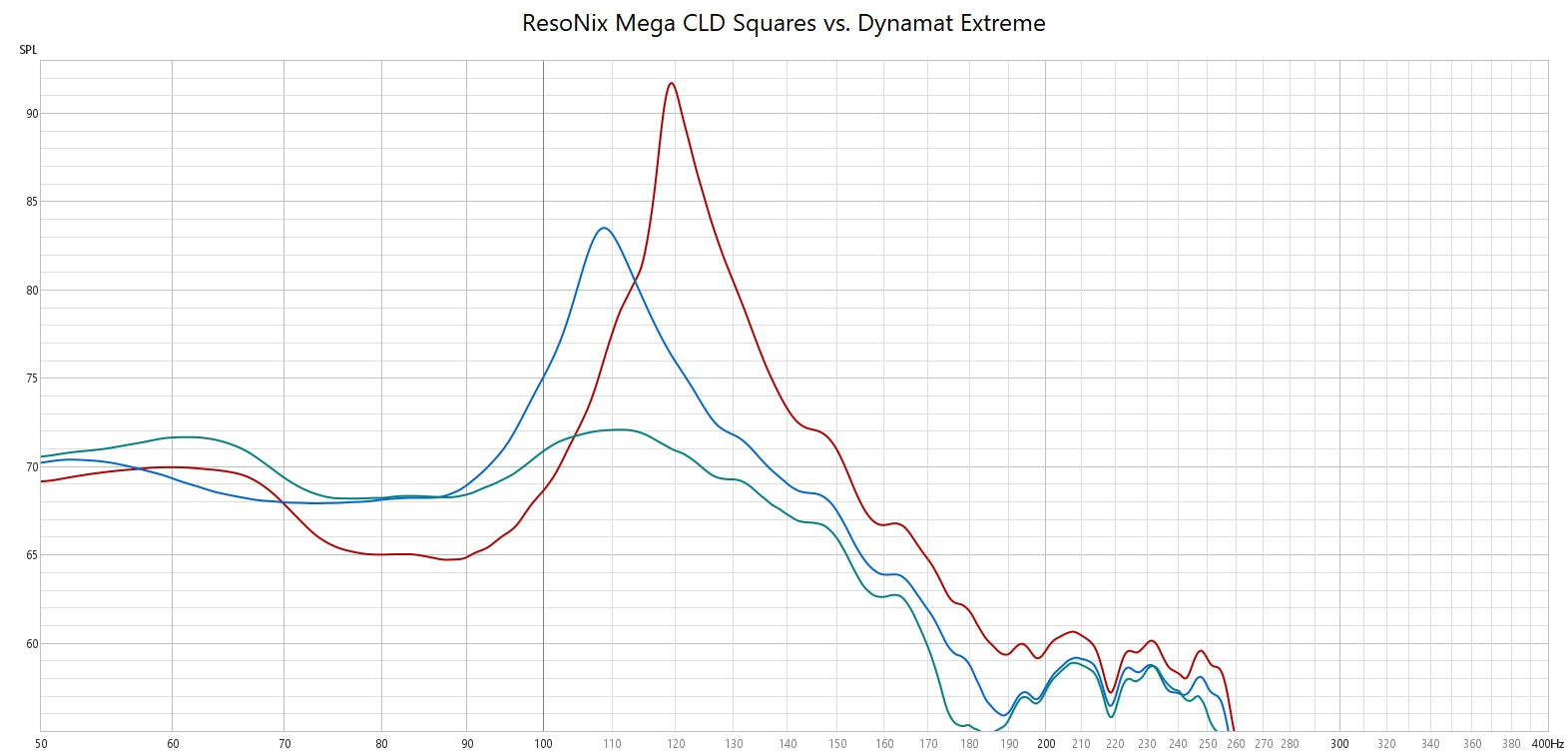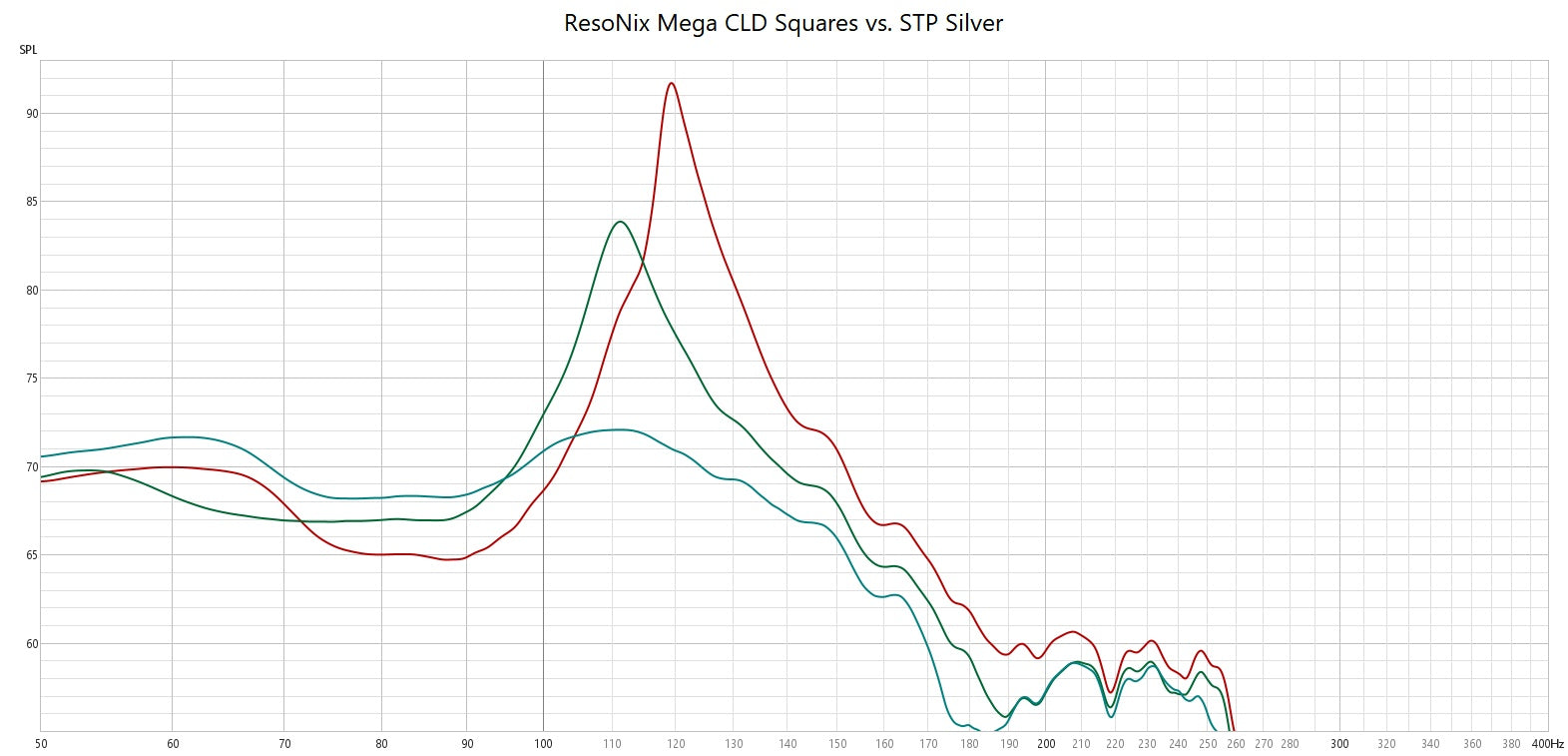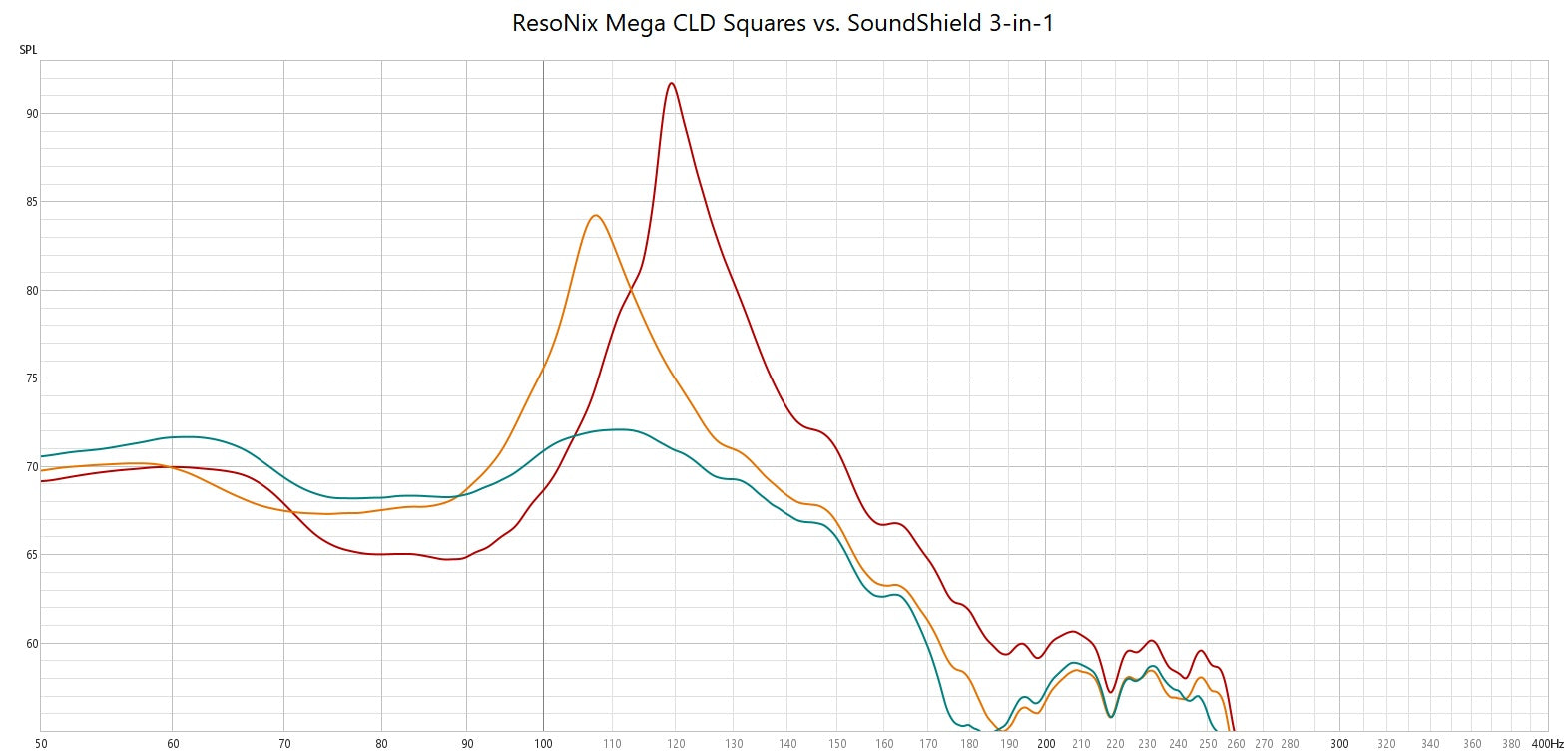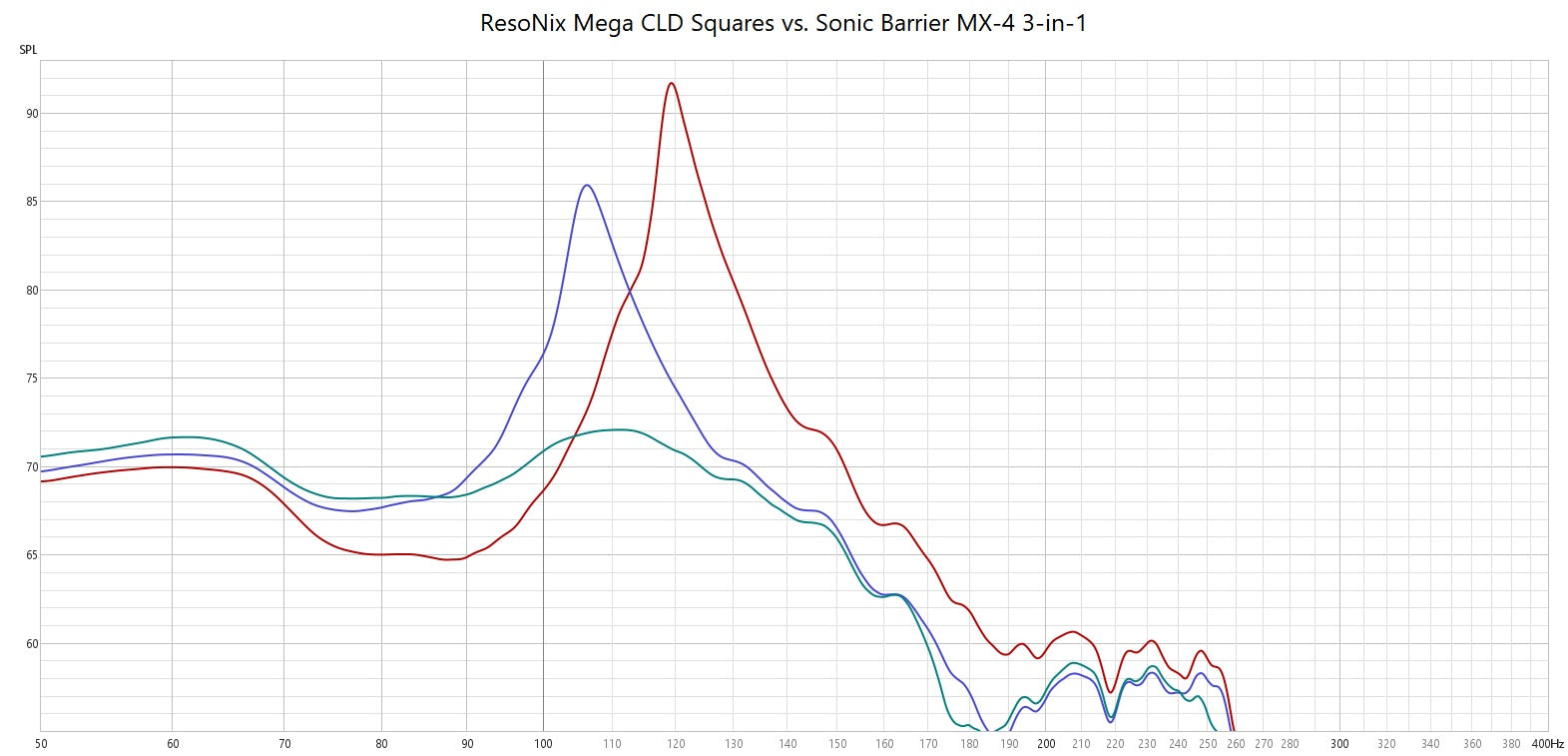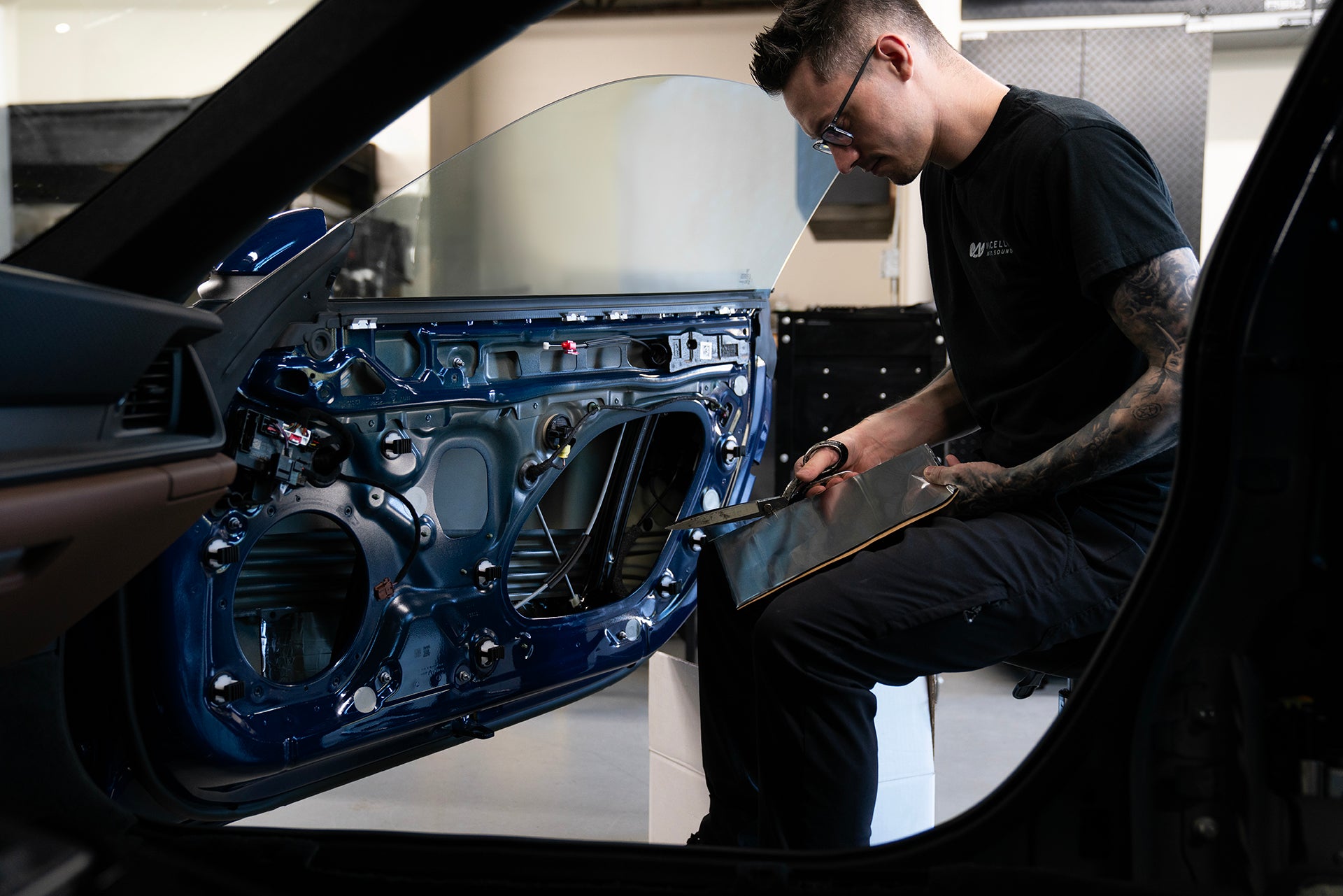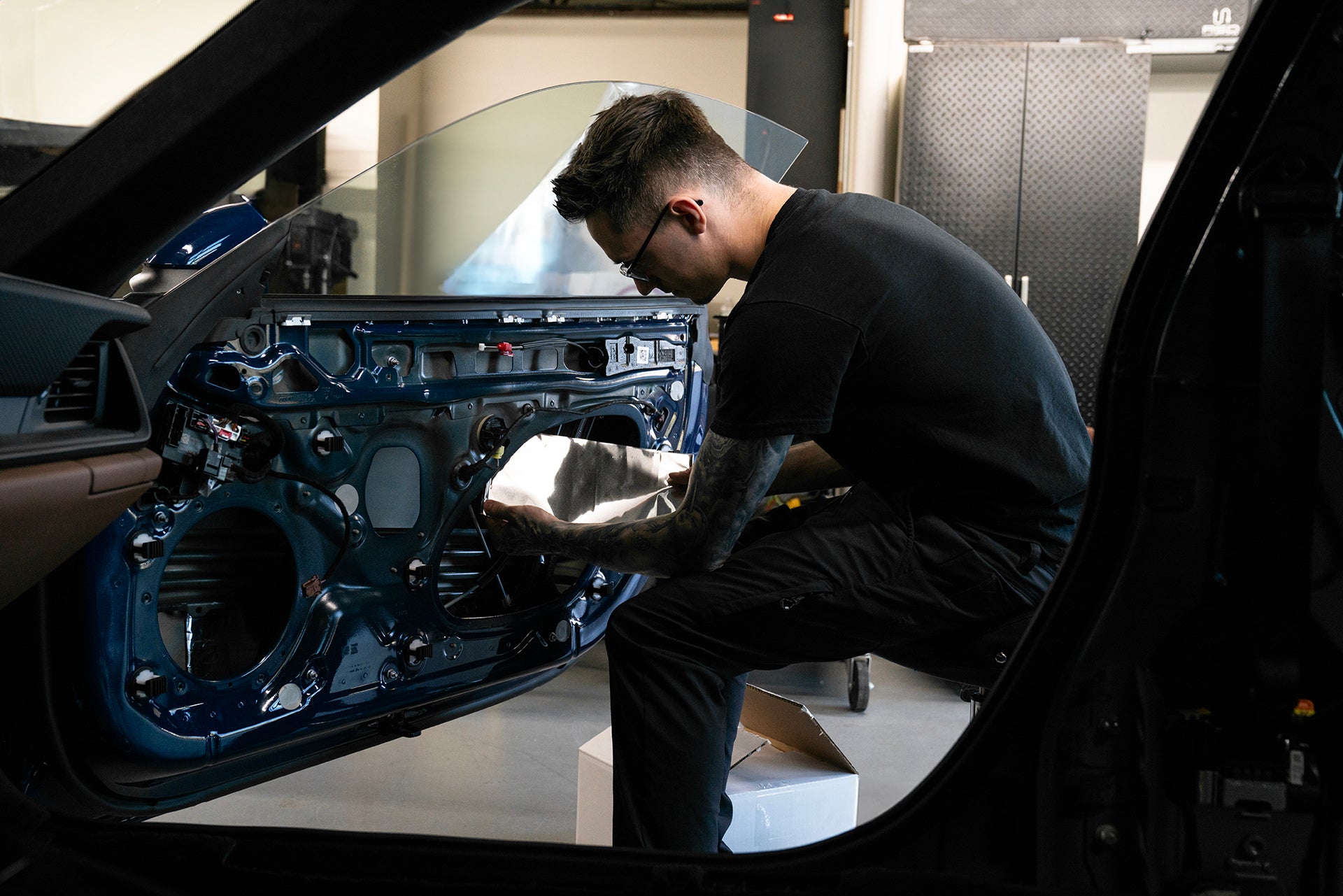
Sound Deadening Material Independent Testing Data
Curious about who makes the best sound deadening material? Well, here is an extensive set of objective testing with the data completely broken-down to back and explain the results.
INSIDE THE LAB
Overview
The testing and results below are all from an independent enthusiast, Chris Purdue, who is on his own journey to find out what the best products are in the sound deadening market. Chris is a high-end car audio enthusiast, just like a lot of you reading this page, and has been so for over a decade. He has years of experience, and has a vast understanding of audio and how it works.
This journey of his started years ago on the diymobileaudio.com forums and his previous testing can be found there. His ongoing testing and new data from utilizing his new testing equipment(video below) can be found on his Facebook group named “The Deadening”.
The following data is all from this group – posted by Chris. If something about the article contradicts the data he has published for the world to use, please, let me know as it is nothing but a simple mistake. We are just here to try and help everyone interpret his data in a way that’s easy to digest.
Sound Deadening Testing Methodology
Test Equipment Overview
So, before we dissect the data, we need to understand how these tests were done and what the data means. The first thing we need to go over is the test rig itself. The test rig is essentially two sealed enclosures with one shared wall separating them. The first enclosure is plain. Nothing about it is different from a standard sealed enclosure for a speaker. But the second enclosure has a removable metal panel that acts as the wall for the far end. Installed into the dividing wall is a speaker. The rear of the speaker fires into one enclosure. The front of the speaker fires into the second enclosure. A microphone placed just outside the metal panel measures acoustic data that the metal panel creates using the Room EQ Wizard measurement software. That information includes frequency response, impulse response, waterfall response, and more. This measurement is done before and after a Constrained Layer Damper is applied to the metal panel.
This gives us the before and after data and gives us an idea of how the CLD affects the panel. We can measure frequency response, as well as decay of the resonance. The two are typically correlated, but decay, while being more telling, is much harder to interpret into easy-to-understand numbers. So, for now, we are going to stick with frequency response. The frequency response will have a peak at the resonant frequency of said metal panel. In this case, that peak is around the 100hz area, which is also typical for a car door. We want to focus on how much reduction in amplitude this peak has to determine how effective the tested CLD is. The video below is of Chris explaining the test rig that he built and uses for testing as described above.
The Measurements of Sound Deadener Performance, & How To Interpret Them
Moving on to actually reading the results that are generated by Chris’s testing rig… The Decibel scale is measured logarithmic instead of linear. Every 3-decibel change, the energy is doubled or halved. If you have a speaker playing something at 85dB, twice the amount of energy is needed to hit 88dB. You will need twice the amount of power applied to the speaker or twice the number of speakers to achieve the 88dB. If you double the number of speakers and double the amount of power, that would be a 6dB addition. 50 decibels is NOT half as loud, or half the energy of 100 decibels. Pretty simple, right? Good. Let’s recap with bullet points real quick just in case.
The decibel system is logarithmic, not linear.
3dB up is twice the energy. 3dB down is half the energy.
50dB is NOT half of 100dB. 25dB is not half of 50dB.
97dB is half the energy of 100dB. 103dB is 2x as much energy as 100dB.
=10^(dB/10) is the formula for those who wish to know
LEADING THE MARKET IN SOUND DEADENING
What makes ResoNix the best automotive sound deadening material on the market?
Look, I get it. In the world of Amazon Prime instantly gratifying our every desire for pennies on the dollar, why pay for something that looks the same but has a much higher cost? I’m guilty of it as well. Look for some random product that works for what I need at that moment, hit the one-button purchase, and expect it the next day, all while costing practically nothing.
Well, we have to all be real with ourselves here. Not even talking about sound deadener, but since when is some typical amazon-sold product the best available? Pretty much never. Even products sold elsewhere are very questionable these days and we are plagued with markets full of cheap products that are meant to last just long enough while being as profitable as possible for the company selling them. They’re usually only “good enough” to satisfy our instant gratification lifestyles that we are so unfortunately used to now.
But if you wandered far enough down the rabbit hole in the pursuit of sound quality or noise reduction to find us, then chances are you aren’t looking for something sub-par, or even average. What you are most likely looking for is the best overall performance, and the best overall value. If you are reading this, there is a good chance you already know that we offer the best products available. If you don’t know that, well, let’s dive into it.
Car Sound Deadeners Independent Testing Data
Each tab reflects a test performed on a different date. The reason for the different tabs and sets of data for each test is simple. External conditions may differ slightly, especially temperature, which affects the steel panel’s resonance, the speaker in the test rig’s behavior, air density, and more. Since the baseline shifts, numbers will differ from one test to another. Compare products only within the same test, relative to the control for that test. That control is the highest performer, which *spoiler alert*, is ResoNix Mega CLD Squares.
Each tab reflects a test performed on a different date. The reason for the different tabs and sets of data for each test is simple. External conditions may differ slightly, especially temperature, which affects the steel panel’s resonance, the speaker in the test rig’s behavior, air density, and more. Since the baseline shifts, numbers will differ from one test to another. Compare products only within the same test, relative to the control for that test. That control is the highest performer, which *spoiler alert*, is ResoNix Mega CLD Squares.


